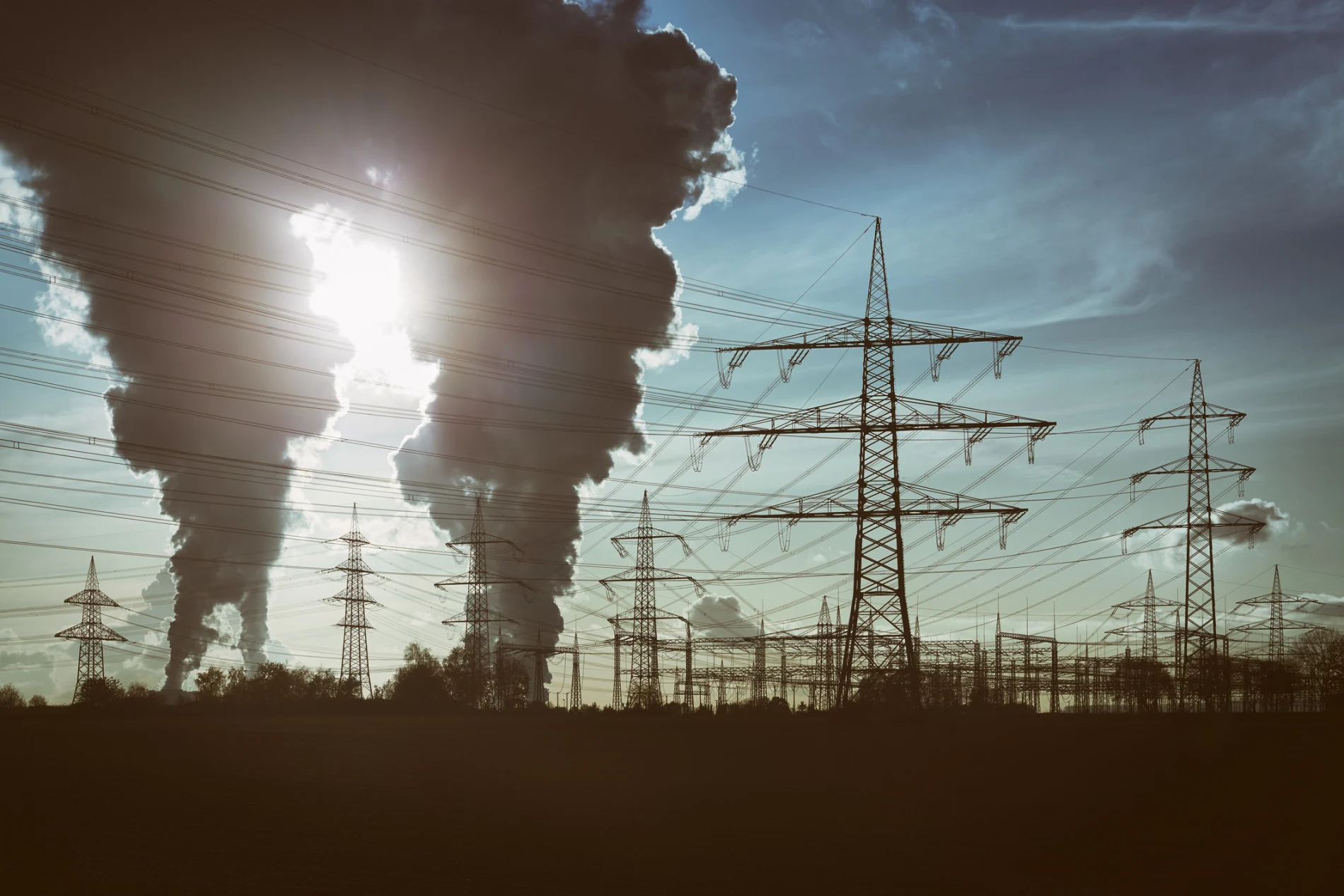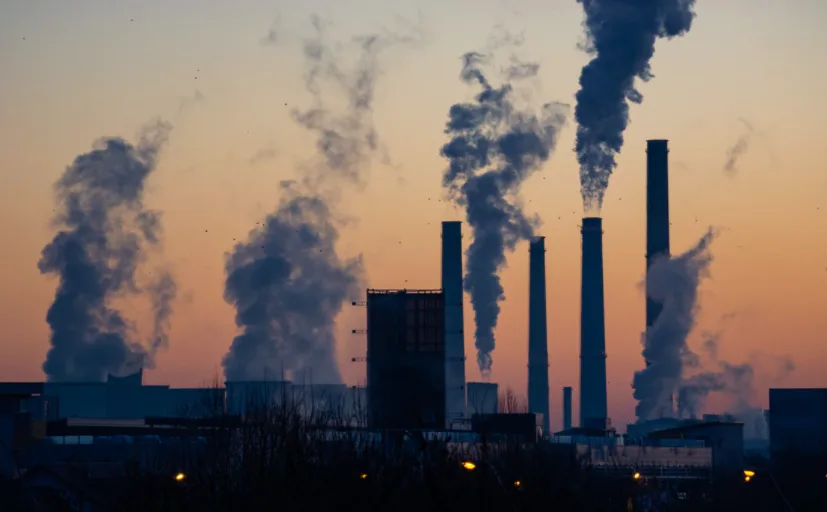
Canada announces new target to cut emissions by at least 40% by 2030
World leaders announced new ambitions to slash greenhouse gas emissions at President Biden's Earth Day Leaders Summit on Climate.
Canada, the U.S., and other countries announced significant new pledges to cut carbon emissions at President Biden's Earth Day Leaders Summit on Climate. Biden said the U.S will cut emissions 50 to 52 per cent by 2030, effectively doubling its previous target. Prime Minister Trudeau also increased Canada’s 2030 target from 30 per cent to between 40 and 45 per cent.
Earlier this week the United Kingdom announced a new, legally-binding target: 78 per cent reduction by 2035. The European Union also set a new target, which is also legally-binding, of 55 per cent by 2030. Those targets are reductions compared to emissions in 1990 while the U.S. and Canada levels are compared to emissions in 2005, a less challenging baseline.
At the Summit, Chinese President Xi Jinping said China, the world’s biggest emitter of carbon, was committed to green development. Xi re-stated China’s goals of reaching an emissions peak by 2030 and total carbon neutrality by 2060.
Canada’s 2030 target should be a 60 per cent reduction compared to 2005 to do it’s fair share of keeping global temperature rise to no more than 1.5°C, said Catherine Abreu, Executive Director, Climate Action Network - Réseau action climat (CAN-Rac) Canada, a coalition of more than 100 organizations across the country.
“It’s good to see Canada driving up ambition…[but] it’s not enough,” said Abreu in a statement.

Credit Ella Ivanescu/ Unsplash
A 60 per cent cut by Canada aligns with the science but it’s not realistic, says Dale Beugin, an expert in environmental policy and economics at the non-partisan Canadian Institute for Climate Choices. “I’m sympathetic to the idea but don’t see how this is doable politically,” Beugin said in an interview.
“It’s better to have targets we can meet, get some early successes and build momentum that leads to greater ambition.”
The new 40 to 45 per cent target will be challenging enough, Beugin said. It means 33 to 37 million tons of carbon emissions will have to be cut each year over the next nine years. That’s equivalent to taking 7 to 8 million passenger cars off Canada’s roads every year.
Nor was it going to be easy to cut emissions 36 per cent as detailed in the Federal budget released earlier this week Beugin said. Canada’s pandemic recovery budget announced April 19 proposes to spend $17.6 billion on climate and environmental initiatives enabling a 36 per cent reduction according to modeling. The measures in the budget along with $170 a ton carbon price by 2030 and improved fuel economy standards should get close to a 36 per cent cut he said. Going beyond 36 per cent will require new policies.
One policy tool as yet unused would require automakers to sell a set number of zero emission vehicles. Transportation is the second largest source of emissions and it’s been going up primarily because Canadians are buying more SUVs and trucks. Beugin thinks Canada could work with the U.S. to drive the manufacturing and sales of electric vehicles to create jobs and cut transport emissions.
At the Summit President Biden called combating climate change “a moral imperative” but also emphasized creating a low-carbon economy would create millions of new jobs for a more prosperous and “healthier, fairer, and cleaner” future.

Credit: Mikael Vaisanen. The Image Bank. Getty Images
Currently more than 3.5 million Americans work in the clean energy sector — renewables, electric vehicle manufacturing, energy efficiency. That’s more than three times the jobs in the fossil fuel sector said Bob Keefe, executive director of E2 (Environmental Entrepreneurs), a non-partisan business group.
While there were some clean job losses in 2020 due to the pandemic, 2021 is already better. And with Biden's $2 trillion infrastructure and jobs plan, the future for clean jobs is “brighter and better than ever,” Keefe said in a briefing.
While the Biden administration is emphasizing a need for a just transition to a low carbon economy, Canada has yet to have a serious conversation about it and particularly for its oil and gas sector notes Beugin. “That’s going to be a major challenge.”
With 191 million tons of carbon emitted in 2019 alone, the oil and gas sector is Canada’s biggest source of emissions. It’s also the fastest growing and primary reason why the country’s overall emissions went up in 2019. Canada needs stronger policies to curb oil and gas emissions, Beugin said. However if global demand for oil falls with widespread sales of electric vehicles as many experts expect, then the sector’s emissions will decline.
Canadians generally think Canada is doing good in terms of climate action, but that’s not the case at all says Mary Robinson, the former President of Ireland and a former UN High Commissioner for Human Rights. “The United Kingdom is halfway to net zero while Canada hasn’t even begun yet,” said Robinson, who is now Chair of The Elders, an independent group of global leaders founded by Nelson Mandela.
Canada has been “far too slow” and needs to step up in making emissions cuts she said. And it should be providing its fair share of climate finance to help the world’s poorest who are being hurt by climate change. That fair share should be $4 billion a year, not just the $800 million Canada is currently providing, Robinson said in briefing.
Thumbnail credit: acilo. E+. Getty Images











